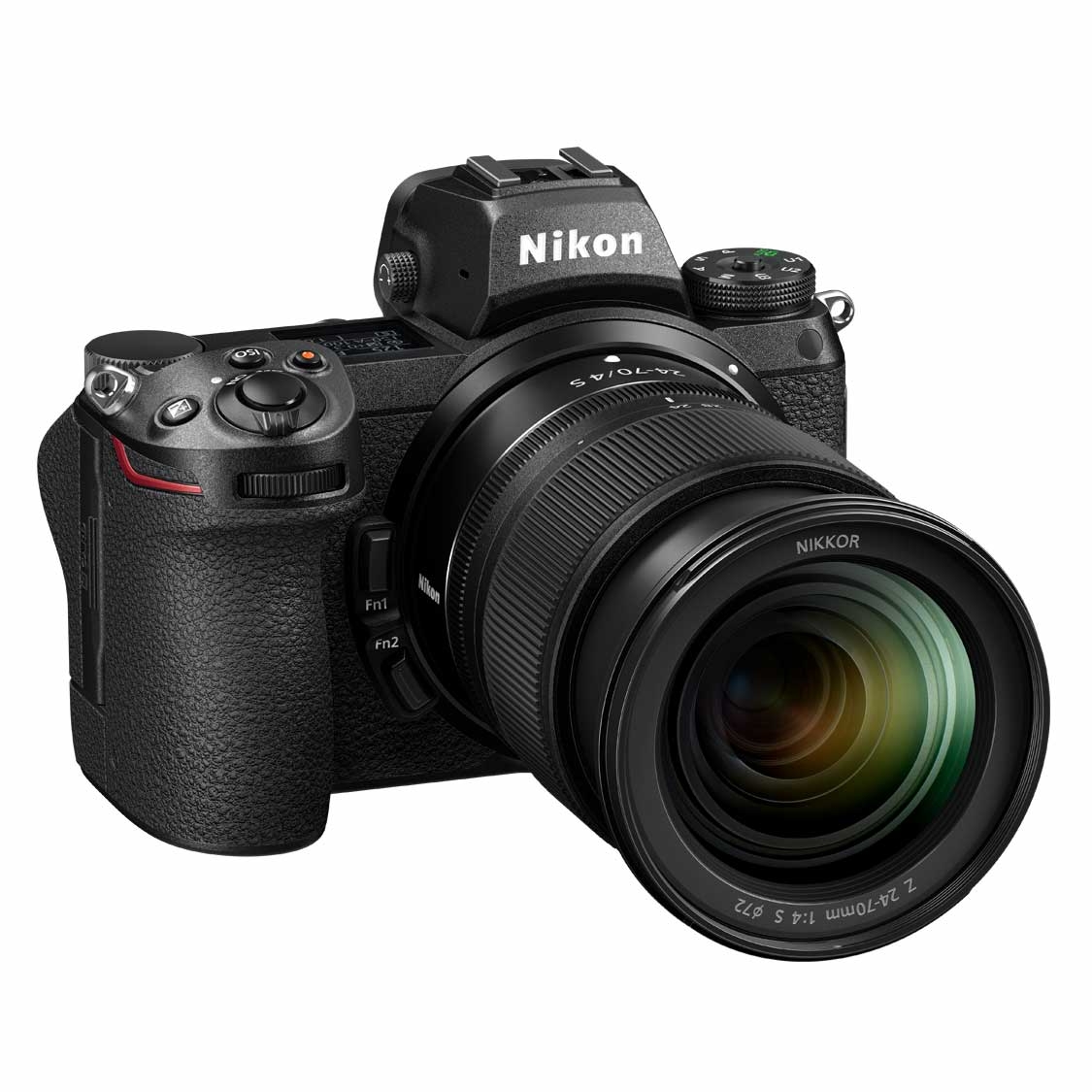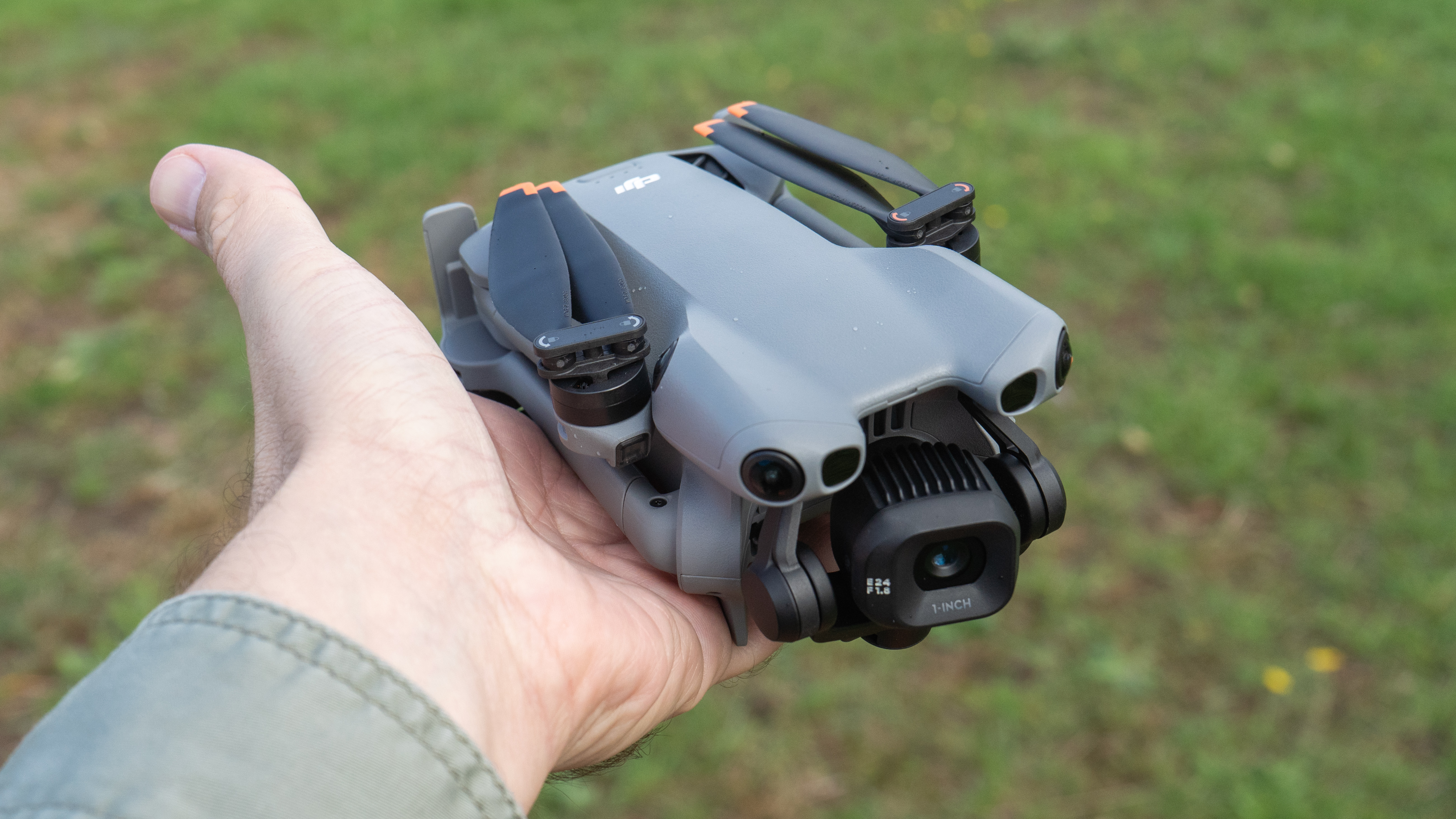Nikon Z6 vs Nikon Z6 II
Nikon Z6 vs Nikon Z6 II: what has the new model got that the old one didn't? We compare the features of Nikon's Z6 models

The Nikon Z6 was launched alongside the Z7 in August 2018 and as well as being Nikon’s first full-frame mirrorless cameras, they debuted the Nikon Z mount. Both cameras were well-received and managed to avoid that ‘first generation’ feel as they offer a solid feature set, excellent build and superb image quality.
Nevertheless, they were not completely niggle-free and in October 2020 the Nikon Z6 II and Nikon Z7 II were announced with a couple of significant changes that address the main issues raised by the original cameras.
It’s still possible to buy the original Z6 new, saving a nice slice of cash in comparison to the Z6 II. Not only that, there may be many Nikon Z6 owners wondering whether it's worth upgrading to the newer model, and whether they will miss out if they don't – so its worth taking a look at exactly how these two cameras compare.
1. Processing engine
• Nikon Z6: Expeed 6
• Nikon Z6 II: Dual Expeed 6
To some people’s surprise, the Z6 II has exactly the same 24.5Mp full-frame (35.9 x 23.9mm) backside illuminated sensor as the Z6. However, in the Z6 II the chip is paired with two Expeed 6 processing engines which means that it has twice the processing power of the original camera. This is the first time that Nikon has put two processing engines in a camera – even Nikon’s flagship DSLR, the D6, only has one Expeed 6 engine – and this facilitates several of the upgrades that the Z6II makes on the Z6.
2. Memory card slots
• Nikon Z6: 1x XQD/CFexpress
• Nikon Z6 II: 1x XQD/CFexpress, 1x SD/SDHC/SDXC UHS-II
The biggest concern that some photographers had with the original Z6 was its single memory card slot. Some were also disappointed that Nikon had plumped for an XQD card slot (later made able to also accept CFexpress cards via a firmware update) rather than the more common SD-type. Nikon’s explanation was that XQD and CFexpress cards are fast and more robust than SD-type media – however, they’re also more expensive and less readily available.
This is is resolved with the Z6 II as it has two cards slots, one that’s compatible with XQD and CFexpress cards and the other for UHS-I or UHS-II complaint SD/SD/HC/SDXC cards.
3. Autofocus
• Nikon Z6: -3.5 to +19EV
• Nikon Z6 II: -4.5 to +19EV
In its default settings, the Z6 II’s autofocus system is 1EV more sensitive in low light than the original Z6, which gives it an advantage in dim or variable conditions. However, both cameras have a Low-light AF mode which extends their sensitivity range to -6 to +19EV at the expense of longer acquisition times.
Perhaps the most significant change introduced for the Z6 II’s AF system, however, is that the Eye-detection AF for humans or animals operates in video mode as well as stills, the Z6 can only use it during stills shooting.
In addition, Eye-detection AF can be used in ‘Wide-area AF’ as well as ‘Auto-area AF’ on the Z6 II, which means you can reduce the size of the target area of the image for eye detection. The Z6 can only use Eye-detection AF in ‘Auto-area AF’ mode. Conveniently, the various human and animal Eye-detection AF modes available on the Z6 II are listed as options in the ‘i’ menu to speed their selection.
4. Maximum continuous shooting rate
• Nikon Z6: 12fps
• Nikon Z6 II: 14fps
A few years ago we could only dream of shooting images at 12fps, but now there are cameras that make that seem quite pedestrian. Nevertheless, it’s a terrific pace that enables split-second moments and fleeting expressions to be captured.
The Z6 II beats the Z6’s 12fps maximum rate with a 14fps maximum rate, provided that you can accept shooting 12-bit raw files rather than 14-bit. If you want 14-bit files, the maximum rate is 10fps.
5. Video
• Nikon Z6: 4K up to 30p, 1080p up to 120p
• Nikon Z6 II: 4K up to 60p, 1080p up to 120p
At launch, the Z6 II had a 4K maximum frame rate of 30p, but a firmware upgrade was promised and issued to raise this to 60p. However, disappointingly, shooting at 60p reduces the frame size to APS-C format, therefore imparting a 1.5x focal length magnification factor.
The Z6 II also gains 10-bit HLG HDR capability, recording to an external device, along with the N-Log capability that the Z6 has.
As with the Z6, it’s possible to pay for an upgrade to add ProRes RAW video capability to the Z6 II. Alternatively, either camera can be bought as part of the Filmmaker’s Kit which includes the necessary firmware upgrade.
6. Battery
• Nikon Z6: EN-EL15b
• Nikon Z6 II: EN-EL15c
Although the Z6 II can accept any existing EN-EL15 battery variant, it comes with the EN-EL15c battery. Under CIPA testing, the EN-EL15c lasts for 340 shots (without Energy saving mode) when the Z6 II’s viewfinder is used and 410 when the screen is used. In both cases, that’s up 30 shots on the Z6 with the EN-EL15b battery.
Both the EN-EL15b and EN-EL15c can be charged via a power delivery (PD) USB-C connection to the Z6 or Z6II.
7. Size
• Nikon Z6: 134 x 100.5 x 67.5mm
• Nikon Z6II: 134 x 100.5 x 69.5mm
Although they are almost indistinguishable from each other if their names are covered, the Z6 II is actually 2mm deeper than the Z6. This small expansion was necessary to accommodate the additional memory card slot and processing engine. It makes the grip feel very, very slightly chunkier, but the Z6 II is still a remarkably compact camera for a full-frame model with such a large lens mount.
Nikon Z6 vs Z6 II: conclusions
Aside from the additional card slot and the change in the battery, all the upgrades that the Z6 II makes over the Z6 are brought by the additional processing power. The key improvement this enables is the extension of Eye-detection AF to video mode. While the performance of the Eye-detection AF for video was okay rather than great at launch, successive firmware upgrades have improved the Z6 II’s performance in this regard. Again, these improvements are underpinned by the extra processing power.
If your primary interest is stills photography the Z6 is still a great option that offers a significant cost saving over the Z6 II. However, if you’re looking to shoot video as well as stills, and your subjects are often people or animals, the Z6 II is the better choice.
How we test cameras
Why you can trust Digital Camera World
We test mirrorless and DSLR cameras both in real-world shooting scenarios and in carefully controlled lab conditions. Our lab tests measure resolution, dynamic range and signal to noise ratio. Resolution is measured using ISO resolution charts, dynamic range is measured using DxO Analyzer test equipment and DxO Analyzer is also used for noise analysis across the camera's ISO range. We use these real-world testing and lab results to inform our comments in buying guides. For compact cameras and phones, we judge on real world handling and photographic results alone.
The best camera deals, reviews, product advice, and unmissable photography news, direct to your inbox!
Angela has been testing camera gear from all the major manufacturers since January 2004 and has been Amateur Photographer’s Technical Editor and Head of Testing for Future Publishing’s photography portfolio (Digital Camera Magazine, PhotoPlus: The Canon Magazine, N-Photo, Practical Photoshop, Photography Week and Professional Photography magazines, as well as the Digital Camera World and TechRadar websites). She is the founder of SheClicks - a community group that encourages and supports female photographers.






